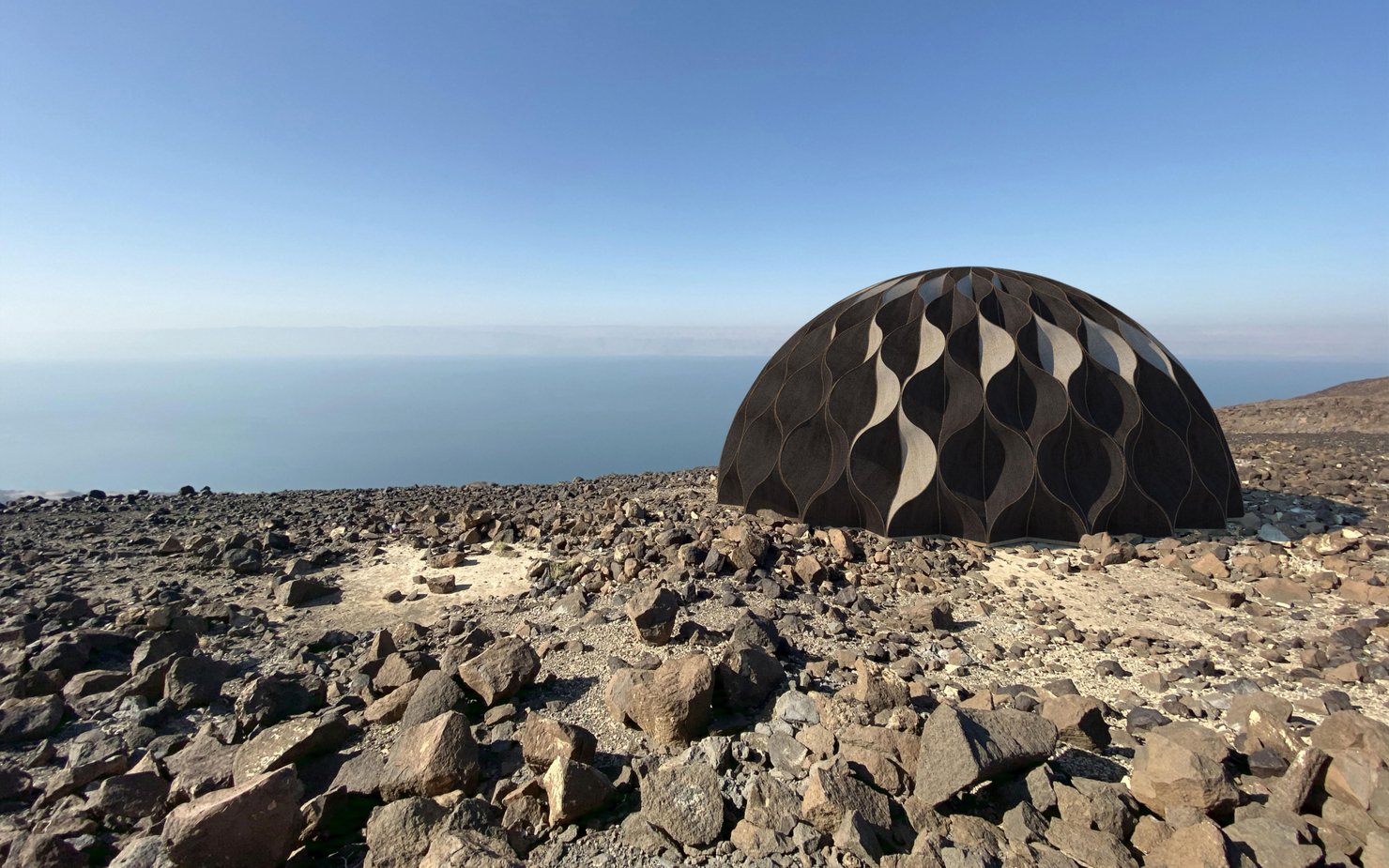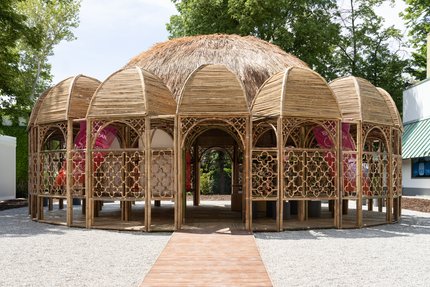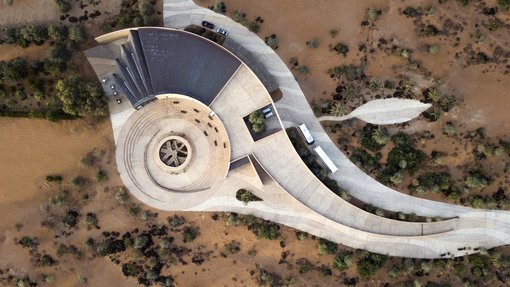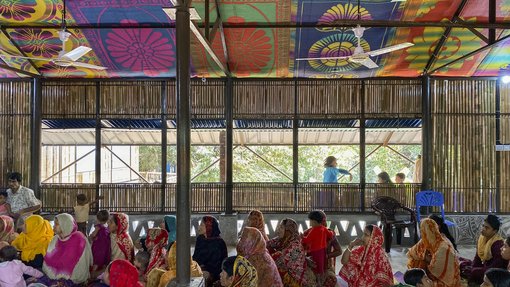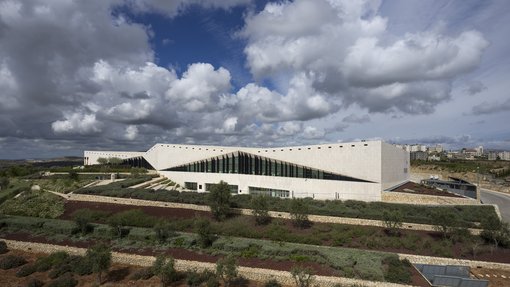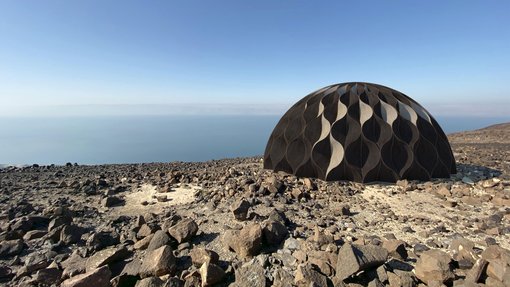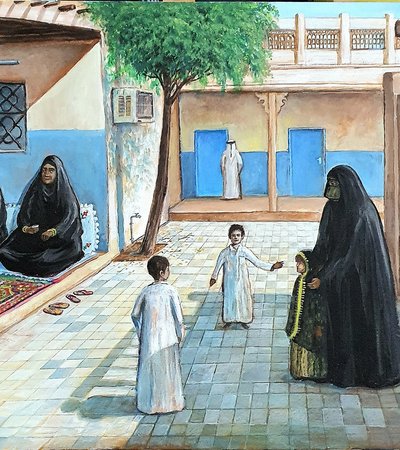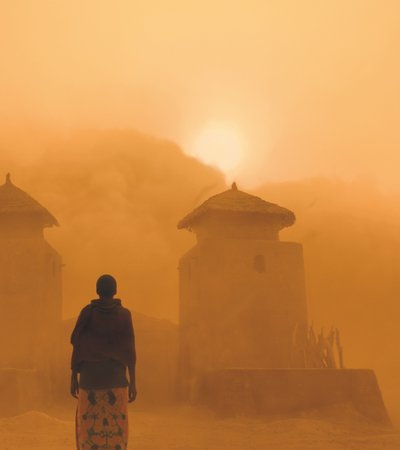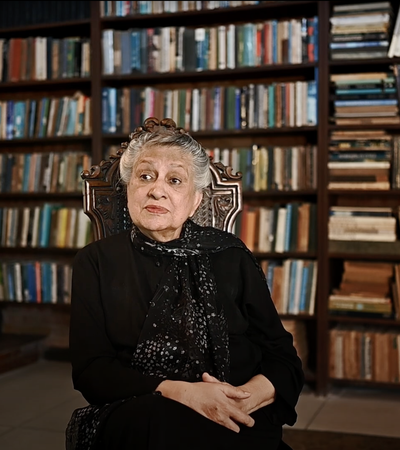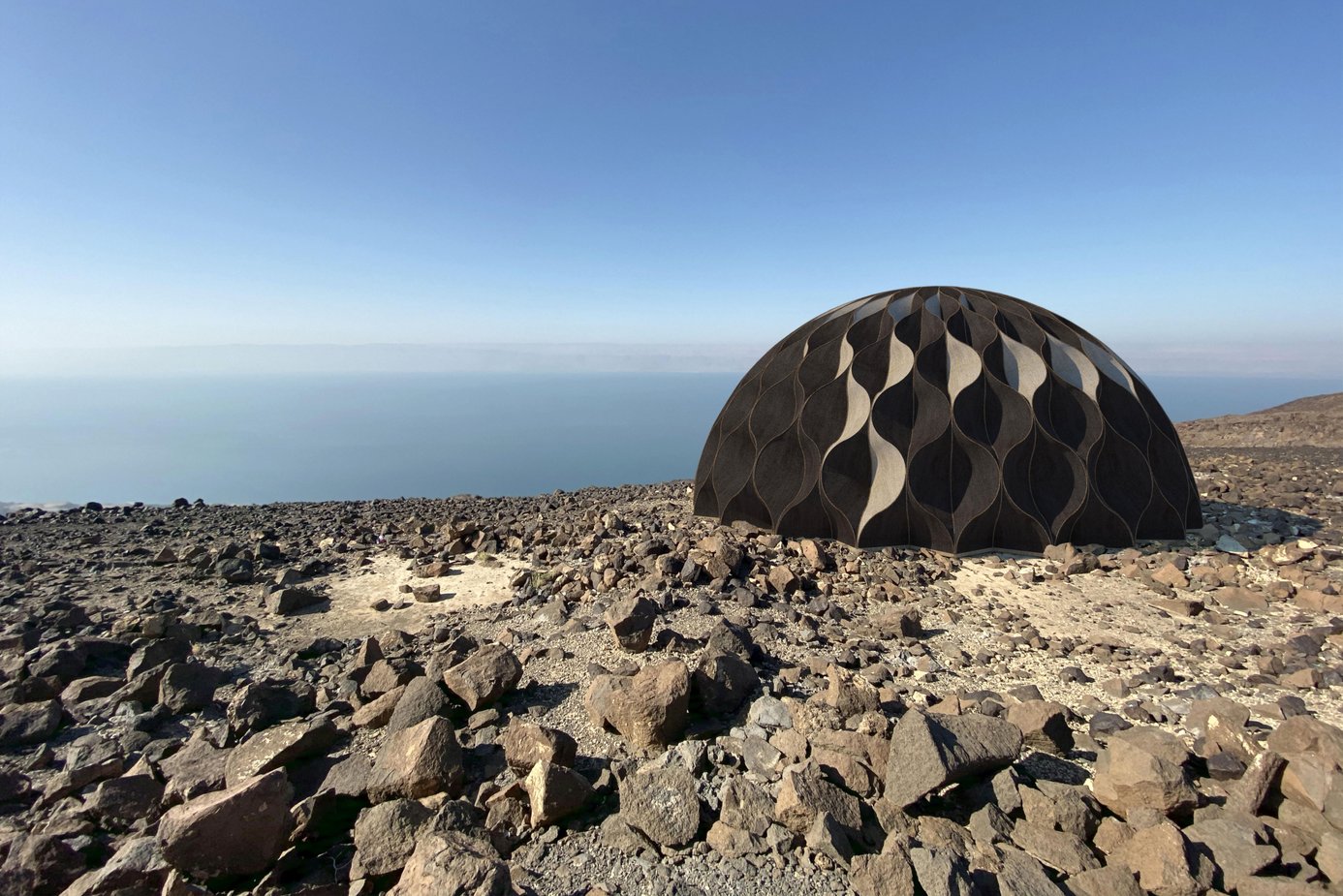Participating Architects
AAU ANASTAS (France, Palestine), Ateliers Jean Nouvel (France), Leopold Banchini Architects (Switzerland), Geoffrey Bawa (Sri Lanka), Rifat Chadirji (Iraq), Aziza Chaouni Projects (Morocco), Charles Correa (India), DAAZ Studio (Iran), Minnette de Silva (Sri Lanka), Sumaya Dabbagh (Saudi Arabia), Nayyar Ali Dada (Pakistan), Michel Desvigne (France), Diller Scofidio + Renfro (USA), Michel Écochard (France), Abdel-Wahed El-Wakil (Egypt), Hassan Fathy (Egypt), Nabil Haque (Bangladesh), Rizvi Hassan and Khwaja Fatmi (Bangladesh), Róisín Heneghan and Shih-Fu Peng (Ireland; Germany), Ibrahim Jaidah (Qatar), Sumedha Kelegama, Irushi Tennekoon, Sumudu Athukorala (Sri Lanka), Yasmeen Lari/Heritage Foundation of Pakistan (Pakistan), Salima Naji (Morocco), New South (Meriem Chabani) & sOne (France), Office for Metropolitan Architecture (Netherlands), Sameep Padora [sP+A] (India), André Ravéreau (France), Raj Rewal (India), Noura Al Sayeh (Bahrain), Abeer Seikaly (Jordan), Ahmed Hossam Saafan (Egypt), Balkrishna Doshi, Vastu-Shilpa Foundation (India), Marina Tabassum (Bangladesh), Jean-François Zevaco (Morocco) and Ola Saad Znad (Iraq).
